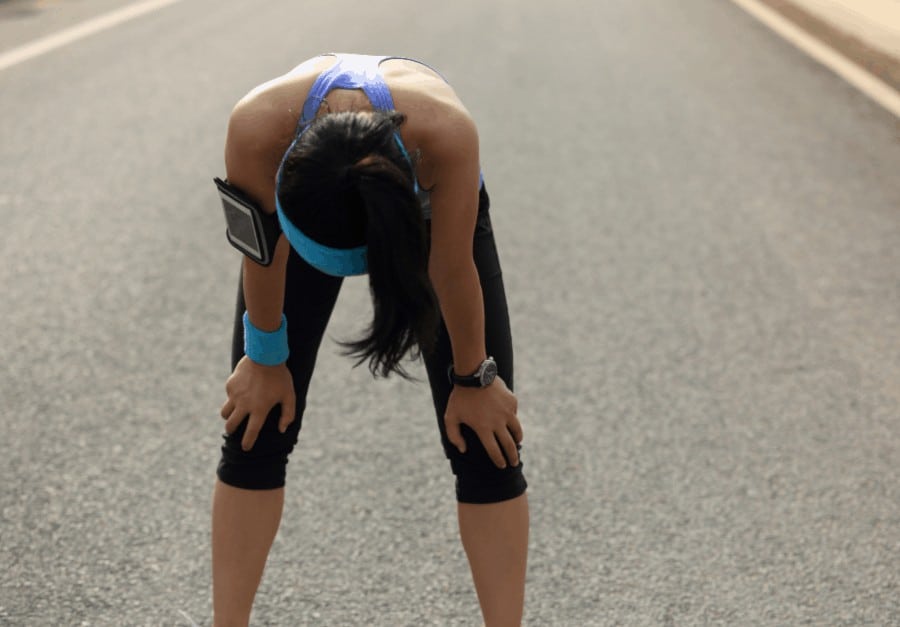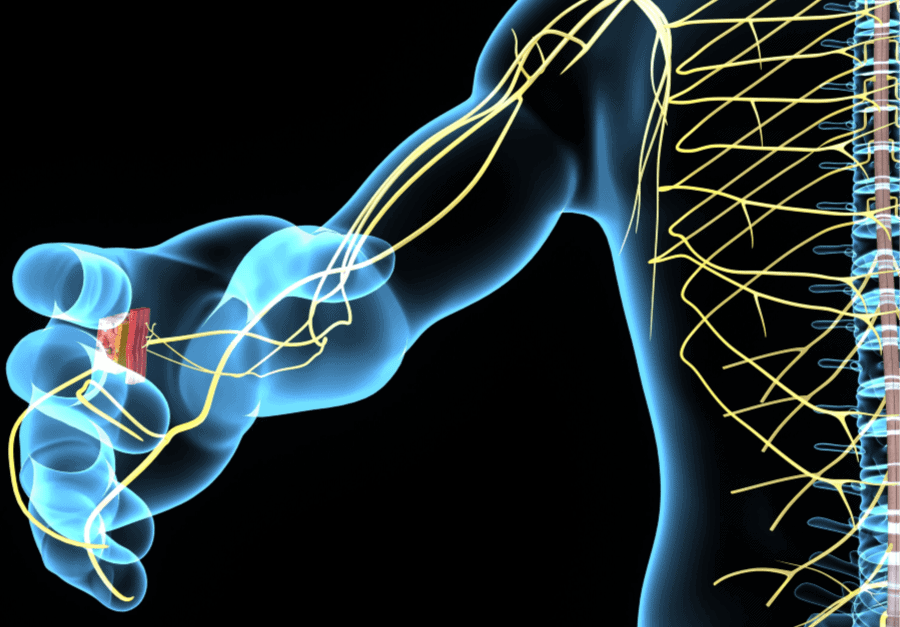Parkinson’s Disease Treatment
Parkinson’s Disease Therapy and Management
Parkinson’s Disease treatment; Parkinson’s Disease therapy; PD; Parkinson’s Physical Therapy
Common Symptoms of Parkinson’s Disease
Parkinson’s disease is the second most common neurodegenerative disease affecting the amount of dopamine your brain produces and stores. After receiving a diagnosis of Parkinson’s disease, it is crucial to find a trustworthy long-term therapy team consisting of occupational therapy, speech therapy, and physical therapy to ensure you are maximizing function throughout every stage of its progression. Early intervention and oversight of symptoms will greatly benefit you during this journey.
Common symptoms include:
- Increased stiffness in your upper and lower body (starting with hands)
- Small hand tremors
- Decreased speed when you are walking or moving
- Small handwriting
- Decreased coordination in your upper body and lower body movements
- Decreased strength in the muscles used by your voice making your speech decrease in volume
- You find yourself ‘stooping’ more or standing/walking with rounded shoulders
- Difficulty sleeping
For additional warning signs of Parkinson’s disease check out this article. Discover more information regarding the resources for Parkinson’s Disease through the Parkinson’s Foundation.

Meaningful Activities (Occupations) affected by Parkinson's Disease
- Moving and turning (stiffness and decreased flexibility)
- Taking a first step (decreased movement initiation)
- Controlling walking speed and stopping (walking speeds up over time)
- Coordinating movements when changing direction or turning
- Eating, fastening buttons, putting on makeup, shaving, and writing (decreased dexterity, fine motor coordination)
- Decreased endurance and stamina for all tasks
- Decreased problem-solving skills, executive function, motor planning, confusion, safety awareness affecting all ADLs and IADLs

What does occupational therapy address during outpatient therapy?
- Progressive resistance training (strengthening for upper body and lower body)
- Joint mobilization (stretching and range of motion)
- Postural stability (posture, strong back and core)
- Balance training
- Gait and mobility training (walking, stairs, traversing obstacles in your path)
- Aerobic fitness
- Functional performance during ADLs and IADLs
- Recommendations for adaptive equipment, durable medical equipment, and mobility aids.
It is important to understand the body’s response to neurodegenerative illnesses and to always look for a second opinion if you have been diagnosed and were told therapy will not be effective- regardless of age. Remember that your brain has a desire to find new pathways and new ways of meaningful activities (IADLs or ADLs) after an injury (neural plasticity) and the function of neural plasticity exists until the day you die. Research has demonstrated that with consistent, correct therapeutic interventions for 6+ weeks, walking and fluidity of movement can improve.
References
Foster, E. R., Bedekar, M., & Tickle-Degnen, L. (2014). Systematic review of the effectiveness of occupational therapy– related interventions for people with Parkinson’s disease. American Journal of Occupational Therapy, 68, 39–49. https://dx.doi.org/10.5014/ajot.2014.008706
Almeida, M. J. (2017, September 13). Occupational Therapy for Parkinson’s Disease. Retrieved March 11, 2020, from https://parkinsonsnewstoday.com/occupational-therapy-for-parkinsons-disease/
Sturkenboom, I. H., Graff, M. J., Borm, G. F., Adang, E. M., Nijhuis-van der Sanden, M. W., Bloem, B. R., & Munneke, M. (2013). Effectiveness of occupational therapy in Parkinson’s disease: study protocol for a randomized controlled trial. Trials, 14, 34. https://doi.org/10.1186/1745-6215-14-34
Helpful Page Definititions
Functional Plateau
What is a functional plateau or functional baseline?
It can be confusing when you are told that you have stopped making progress and no longer qualify for therapy - nobody wants to hear this! A functional plateau label is given when the therapist you are seeing stops seeing progress being made toward the goals he/she set during the evaluation process. It is also considered 'reaching a new functional baseline'. This means they believe you have reached maximum progress or you will not make any measurable gains in the near future. They can no longer justify restorative therapy (therapy to bring back function).
Remember that there are other therapists with other perspectives! There are specialty therapists for each individual diagnosis and they may see different therapeutic potential! Always get a second opinion before accepting the idea that you or your loved one has reached all of your maximum potential! You may just need another approach!
Neural Plasticity
What is neural plasticity or brain plasticity?
Neural plasticity or brain plasticity is a concept known by neurological-centered medical professionals. It is your brain's ability to create new pathways to work around injured ones! This is the foundation of rehabilitation (your body's ability to repair itself). Whether you are re-learning to put weight through your joints after surgery or re-learning to open and shut your hand after a stroke -- neural plasticity is involved! If someone has had a stroke, brain injury, diagnosed with Alzheimer's or another form of dementia, multiple sclerosis, etc. ---the body's desire to maintain its ability to function does not disappear it just needs to be guided in a specific way.
Functional Activities
Occupation-based interventions are the most functional-based approach to rehabilitation. When you are invested in the activity and understand why you are doing something, your brain's ability to heal and re-learn motor patterns improves exponentially! Occupational therapists are functional rehabilitation specialists which means we are experts in translating physical strategies into functional activities! We understand that performing a sit-to-stand in the studio is much different than getting up from your favorite recliner chair! Likewise, re-learning how to move your arm or walk in the studio is much different than feeling confident entering your home or moving about the community! Buffalo Occupational Therapy always bridges this gap and includes these real-life elements as part of our outpatient rehabilitation process!
Activity Analysis
Occupational therapists specialize in activity analysis. Activity analysis is breaking down a task into its basic parts and you master each part of the whole activity in order to enable maximum independence.
Instrumental Activities of Daily Living (IADLs)
Instrumental Activities of Daily Living (IADLs) are essential for independence in life roles and required for aging in place. There are 8 activities core activities for independence including cooking, cleaning, communication, taking and managing medication, handling your personal finances, transportation and community mobility, shopping
Cooking - The ability to follow a recipe and having the stamina to prepare a meal for yourself and/or your family
Cleaning - The ability to perform light housekeeping including making your bed, doing your laundry, washing the dishes, taking out the trash, vacuuming, sweeping, cleaning your bathroom, etc.
Communication - The ability to use the telephone, the computer, have conversations with people (familiar and strangers), communicate your needs clearly.
Taking medication - The ability to sort and organize your medication or determine a compensatory method to do so as well as taking the appropriate dosage at the appropriate time.
Personal Finances - The ability to establish an organization method to understand financial responsibilities and pay your bills on time.
Transportation - Whether you are driving, calling for a driving service like a taxi or Uber, or taking public education. You must have a defined action plan for community mobility and transportation.
Shopping - The ability to plan transportation, plan a grocery/clothing list of needs for yourself and your home, have the stamina to collect your items at the store, and be able to get them into your house.
Activities of Daily Living
Occupational therapists are trained in occupations and activity analysis. An occupation is an activity that you believe is important to your life. There are many levels of occupations, but activities of daily living (ADLs) are the most personal activities and are usually the ones people find most important if they were to lose the ability to complete them.
ADLs include:
- Bathing and showering
- Getting dressed
- Going to the bathroom
- Walking and getting up and down from a chair or car
- Eating and swallowing
- Feeding
- Sexual activity
- Personal hygiene and grooming
- Being able to use personal care devices like adaptive equipment and durable medical equipment
Mobility Aid
As occupational therapists, we can assess functional movement and recommend adaptive equipment as well as durable medical equipment that will enhance your community mobility. Before we can make any recommendations, we must assess your ability to move and determine how you are walking and holding your posture, if you are presenting with muscle imbalances, the status of your upper body and lower body range of motion and flexibility deficits and finally, determine the status of your muscle stamina. After we complete this assessment, we can help you decide what mobility aid would be most appropriate for you, if any.
Types of mobility aids include cane (single point, quad cane, tripod cane), crutches, knee scooter, cane-crutch combination, walkers (4 wheeled walker, 2 wheeled walker, standard walker), walker-cane hybrid, hemi-walker, gait trainer, scooters, wheelchairs and more.
We will help decide what device would be most appropriate, help with positioning, and then train you on best practices to maximize your mobility!

